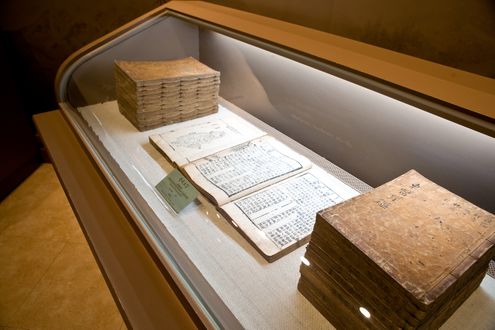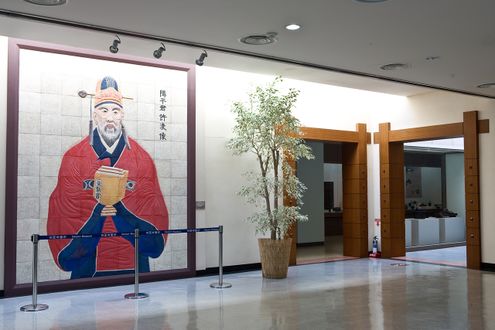The Publication of the Dongui Bogam - The Standard for Joseon’s Medicine
Dongui Bogam is the oldest book of medicine from the Joseon period (1392-1910), completed in 1610. The primary author was physician Heo Jun (1539-1615). ‘Dongui’ refers to the medical tradition of the East, and ‘Bogam’ literally means ‘precious mirror,’ indicating this book contains the standards of knowledge.
It was King Seonjo (r. 1567-1608) who ordered the writing of Dongui Bogam in 1596, as part of the effort to reconstruct the country after the First Japanese Invasion (1592-93) ended. The medicinal books in private homes were mostly destroyed during the war. Six authors began to write the book, but it was Heo Jun who completed the book alone after 14 years.
There were many obstacles to the completion of Dongui Bogam. The Second Japanese Invasion (1597-98) began when only the Table of Contents was completed. The authors left to find refuge, and the work completely stopped. After the war, King Seonjo presented Heo Jun with more than 500 books of medicine owned by the royal family and ordered him to complete the work.
But since Heo Jun was quite busy working at the royal clinic, he was not able to complete even half of the book by 1608 – the year King Seonjo died. As a reprimand for the death of King Seonjo, he was sent in exile to Uiju in the north. Ironically, it was during this period he was able to concentrate on completing the book. Released from exile at the end of 1609, Heo Jun finally completed Dongui Bogam in August of next year. It was officially published three years later, in 1613.
The contents are divided into five chapters: internal medicine, external medicine, miscellaneous diseases, remedies and potions, and acupuncture. Readers can search for detailed treatment methods based on illness symptoms. The text includes diagrams and literature sources. They encompass books on medicine published in Korea or imported from China, as well as folk remedies and treatment methods devised by Heo Jun himself.
Having experienced the pain suffered by the common people while growing up as a child of a concubine, Heo Jun was very interested in saving the poor from illnesses, and not just treating the royal family or the nobleman class. To this end, he published books on medicine written in the Han-geul Korean alphabet, instead of in Chinese characters for the wealthy and educated.
The significance of the Dongui Bogam is that it specifically addresses the needs of the Korean people. Many books on medicine were already available at the time, mostly imported from China. The texts in many of them provided conflicting information, and application was limited due to different natural environments, animals & plants, as well as food and illnesses. Heo Jun wrote with this on his mind, writing with the principle that “to enable using locally accessible medicine, medicinal herb names in the book shall be commonly known names written in Hangeul.” When quoting from Chinese literature, he only quoted information that was applicable in Korea.
This book was printed seven times in Japan and China. Recognized for its value, the Dongui Bogam was added to UNESCO’s Memory of the World Program in 2009.


